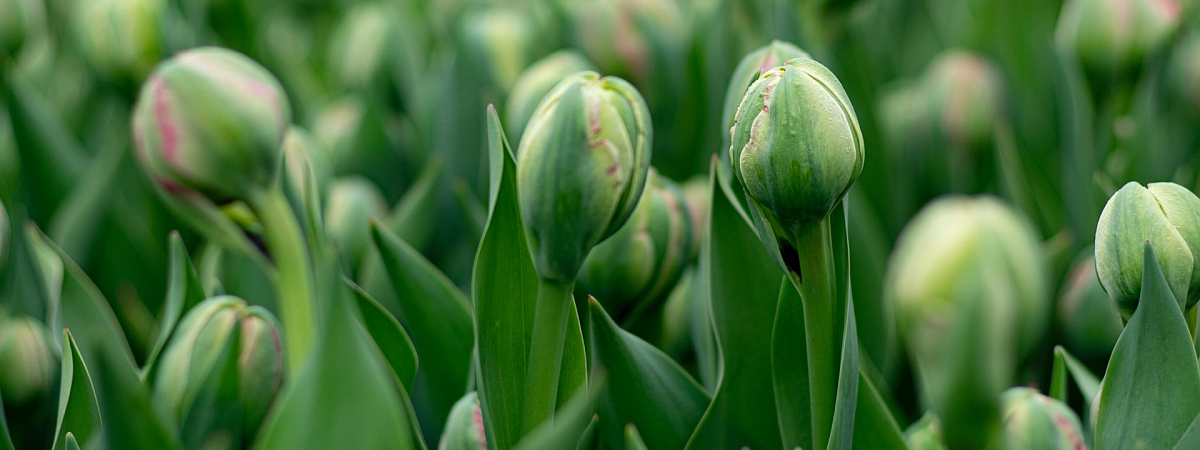Missed the traditional window of early spring and want to plant fall flowers? When you live somewhere that gets winter frosts like Tennessee, it can be tricky timing your gardening pursuits—too early, and the plant dies from the cold, too late, and the plant won’t have enough time to properly bloom or germinate.
Fall may seem like an unorthodox time to plant flowers, but there are still plenty of options if you want to add a pop of color to your yard before winter kicks in! Here are some common plants that will be perfectly happy with being planted in the fall.
For Color in Fall
If you want to brighten up your yard or outdoor space immediately, try these cold-tolerant plants. Depending on how severe the winter is, most will make it through the winter and provide color the entire season. They can be replaced when spring comes, as they either die or lose color.
Pansies and Violas
It’s very common to get these two flowers mixed up, and that’s because they aren’t really two different flowers. Pansies are a type of viola, which means all pansies are violas, but not all violas are pansies.
No matter which species you pick, this family of plants will generally keep flowering throughout the Tennessee winter. They come in a variety of patterns, and will generally present some striking combination of blue, purple, white, and yellow. Mix and match species and colors to make the perfect spread for your garden. If you need help choosing the best options, consider hiring a gardening company like Turf Managers to do a seasonal flower installation for you.
Contact Turf Managers LLC for Your Lawn Care Needs
Planting and Care
Plant pansies and violas 6 to 10 inches apart in full sun to partial shade. Plant them during September through November to make sure they get established before the cold season sets in. Aim to find plants with rich green foliage and many buds coming in.
Pansies and violas appreciate a rich soil filled with organic matter that is kept moist but well drained. You can also give them a layer of mulch on top of the soil to give them some protection from the cold during the peak of winter. Try to fertilize with a water soluble fertilizer, like Miracle-Gro, twice a month during fall and winter, as they thrive from a nutrient-rich environment. During spring, you can switch to a slow-release fertilizer. They will typically bloom until the heat of summer, although their blooms may weaken during the coldest parts of winter.
 Ornamental Cabbage and Flowering Kale
Ornamental Cabbage and Flowering Kale
Ornamental cabbage and flowering kale, while not traditionally thought of as flowers, are very colorful and lively plants that can make a great addition to a fall flower bed. With the ability to survive temperatures as low as 5 degrees Fahrenheit, they will generally last throughout the Tennessee winter with vivid shades of white, purple, red, and pink. Their color will actually intensify the colder it gets, and mellow out when the increased temperatures of spring comes along. You can treat them like annuals and replace them during the spring, as they generally do not fare well during the heat of summer.
Planting and Care
When transplanting, buy fully grown ornamental cabbage and flowering kale and plant and plan on them not getting much larger. Plant them so that their bottom leaves are touching the soil and their stems are not exposed. Use a rich, loamy, well-draining soil, and put them in an area that gets full sun exposure.
They like moist soil, so water them frequently. Don’t worry too much about fertilization. If you do want to use fertilizer, use it only when planting, unless you want to risk them getting leggy and losing color. Plan to remove and replace them by late spring.
For Color in Spring
If you want to plan ahead with your garden, fall is an excellent time to plant bulb flowers that will be ready to bloom in the spring. Some great bulb flowers for Tennessee are daffodils, tulips, hyacinths, and crocuses. All of these plants need the chill of winter to establish a healthy root system and bloom properly by the time spring comes along. By combining different varieties of these flowers, you can get a fantastic display of colors in the springtime.
How to Care for Bulb Plants
Daffodils, tulips, crocuses, and hyacinths have subtle differences in care requirements, especially when you factor in the unique varieties of each type. Nevertheless, the basic care for them is very similar.
All of these flowers prefer a full-sun or partial-sun environment, and need to be planted during the fall, after the first frost of fall but before the ground freezes over. In Nashville and the middle region of Tennessee, this generally means within the October to November range.
Water them enough to keep the soil moist, but not wet. All four of these flowers are susceptible to rot when kept in soil that is too wet, and prefer well-draining soil. Bulbs are designed to contain all the nutrients a flower needs to last throughout the winter, so fertilization is not usually necessary, although they may benefit from some mulch.
Some bulbs are susceptible to being stolen and eaten by pests, particularly tulips. If this is a concern, you can try putting some thorny leaves, cat litter, or crushed gravel in the planting hole.
Remember, each variety of flower may have slightly different requirements, so make sure to take a few minutes to consult a guide about the particular variety you choose.
Conclusion
Whether you want some colorful additions to your yard during the fall or spring, fall is a great time to start planting for both.
You can either do the planting yourself, or, if you don’t have enough time, you can always hire a company like Turf Managers to handle it for you. We work with your needs and preferences to provide seasonal flower installations in spring and fall that can keep your garden full of life all year round, with expert execution.
If you would like to book a flower installation, click below.
Contact Turf Managers LLC for Your Lawn Care Needs

